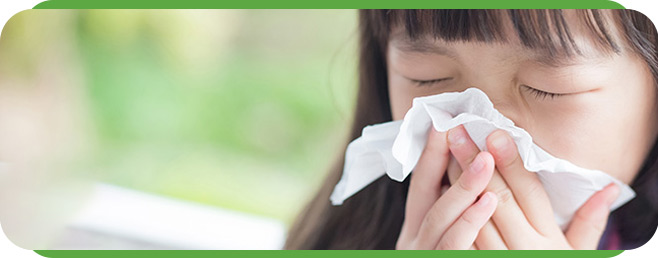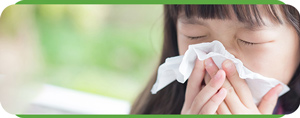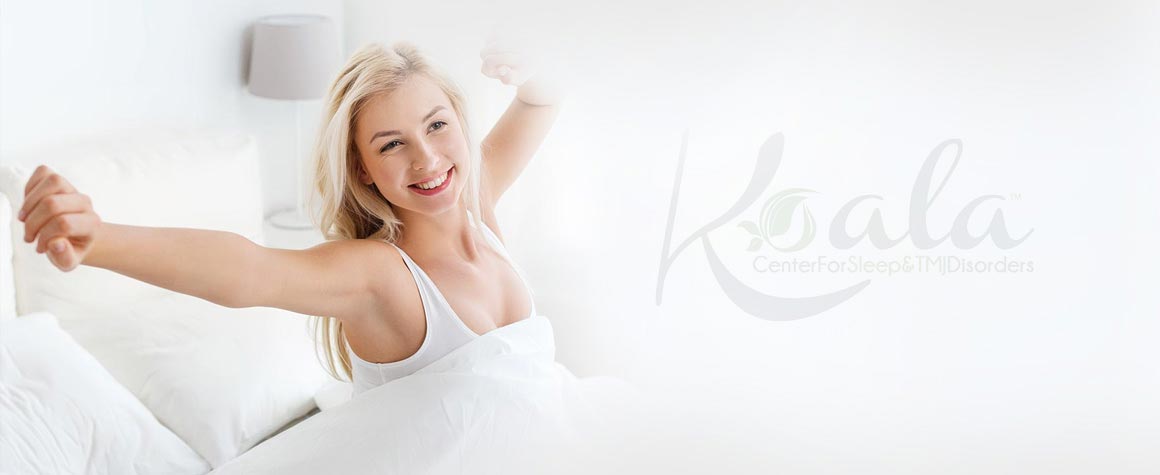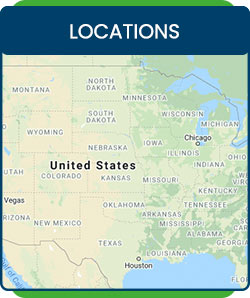Children’s Allergies and Sleep Apnea
Kids’ Allergies That Don’t Take a Break


Table of Contents:
Children’s Allergies and Sleep Apnea
Treatment Options
Treatment of Sleep Disorders for Children with Allergies
The Asthma & Allergy Foundation of America (AAFA) estimates that 50 million people in the United States experience allergies. Our immune systems attempt to react to substances that irritate the body by releasing histamines, which cause discomforts such as sneezing and watery eyes. Allergic rhinitis, which is the proper term for allergies affected by nasal and airway inflammation, may surface on a seasonal basis or last all year long. Snoring and the daily effects of sleep disturbances are associated with allergies as they link to similar performance and behavior issues. Parents should be aware that children with allergies that impair their ability to sleep are more likely to struggle at school and at home with symptoms related to lack of restorative sleep.
According to the American Academy of Sleep Medicine, “kids with allergies are more likely to snore, mouth breathe and experience sleep apnea. An ‘apnea’ is a when an individual stops breathing for seconds or over a minute. Many of these occur from congestion or airway obstructions that impede airflow. These episodes of obstructive sleep apnea tend to last longer and occur more frequently among those with allergies.” Their research did not suggest that the treatment of allergies alone would prevent sleep apnea, but rather that allergies are an aggravating factor in obtaining restorative sleep.
“Children with allergies are more prone to mouth breathing, which can lead to improper development of the upper arch,” states Dr. Rod Willey, CEO of the Koala® Center For Sleep & TMJ Disorders. “The high arch in the upper jaw puts undue pressure in the sinus area, further complicating breathing for children with allergies and asthma.” In addition, between the ages of 2 and 12, the jaws are in growing stages. This allows a window of opportunity to provide proper arch development that can help avoid breathing complications as an adult. Custom oral appliances provide guided growth of the jaw and teeth as well, allowing the widening of the upper jaw to allow teeth to come in more naturally and lowering the upper arch which relieves pressure on the sinus cavities.”
CPAP Machine
One common approach for obstructive sleep apnea has been the usage of a CPAP machine. The child wears either a nasal tube or a full-face mask that uses air pressure to force the airways open. Allergies can reduce the effectiveness of CPAP treatment, particularly if the child is mouth breathing and using a nasal mask when nasal congestion is present. A newer technology known as automatic positive airway pressure (APAP) is capable of delivering air pressure through the mouth or nose and can alternate air pressure as needed when there is nasal congestion present. New findings show the attention to cleanliness of these machines is vital. Buildup of bacteria and allergens in hoses and tubes can adversely affect the allergy sufferer. Cleaning machines have been recently introduced to address this issue.
Surgery
Tonsils and adenoids are the glands that we mostly hear about that affect kids. Having tonsils and adenoids removed during childhood is said to end chronic earaches and breathing issues. But what if their removal leads to increased risks of respiratory infections? “We found that long-term risks of diseases – in particular, respiratory, allergic, and infectious diseases – were substantially increased after surgery up to 30 years of age,” said Sean Byars, lead researcher of a new study.
Oral Appliance Therapy
A comfortable and convenient option for those struggling with sleep apnea and allergy issues is the use of a custom oral appliance while sleeping. These appliances resemble mouth guards used in athletic competitions. The oral appliance is used at night to position the jaw and open the airways, preventing the mouth tissues and tongue from collapsing into the airway, making it easier for the allergy sufferer to get the air they need during sleep. These devices are specifically designed for children and are generally approved through dental insurance plans. Often, parents whose kids are uncomfortable with the CPAP machine find their child better tolerates oral appliance therapy for airway development.
For three decades, our professionals at the Koala® Center For Sleep & TMJ Disorders have been assisting patients suffering from insomnia, snoring, sleep apnea, and TMJ disorders. The key to our success is that we employ an integrated approach to these problems, consulting with dentists, doctors, and other medical professionals on your behalf. If you are concerned about your child’s allergies or sleeping quality, contact a Koala® Sleep Center near you.

Additional Services You May Need
▸ KoalaKIDZzz®
▸ Sleep Apnea
▸ Snoring
▸ TMJ Disorder
▸ Fatigue
▸ Sleep Disorders
▸ Weight Loss
▸ CPAP Alternative
▸ Oral Appliances




